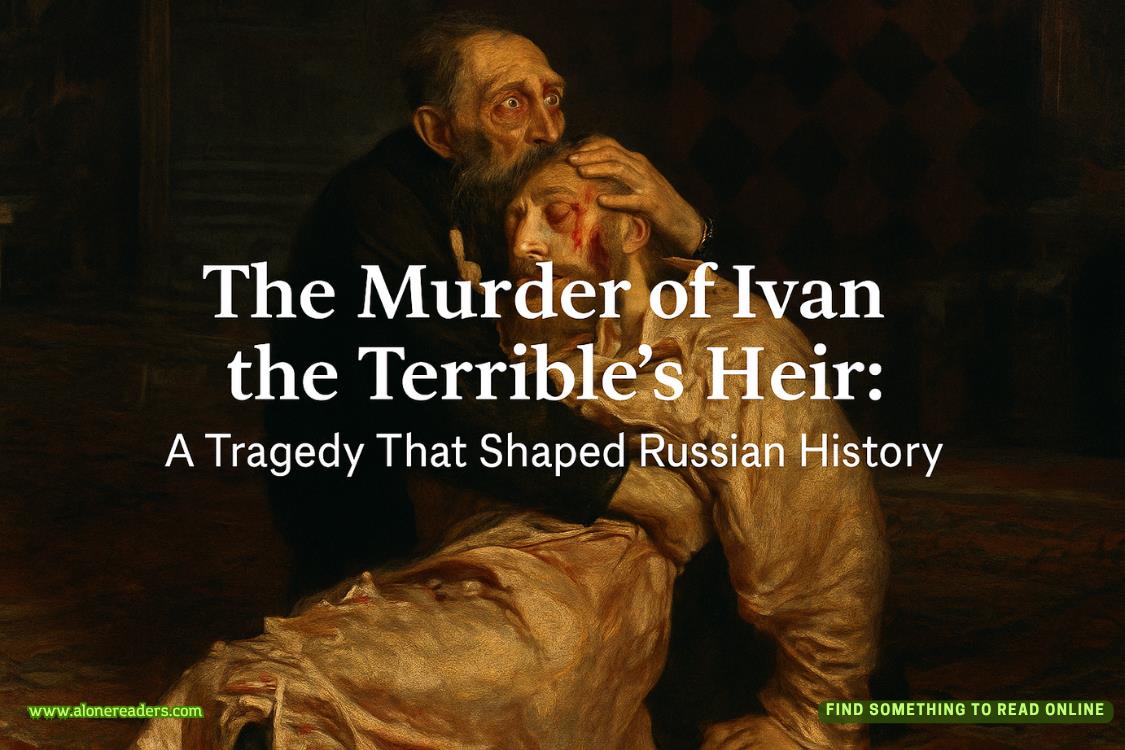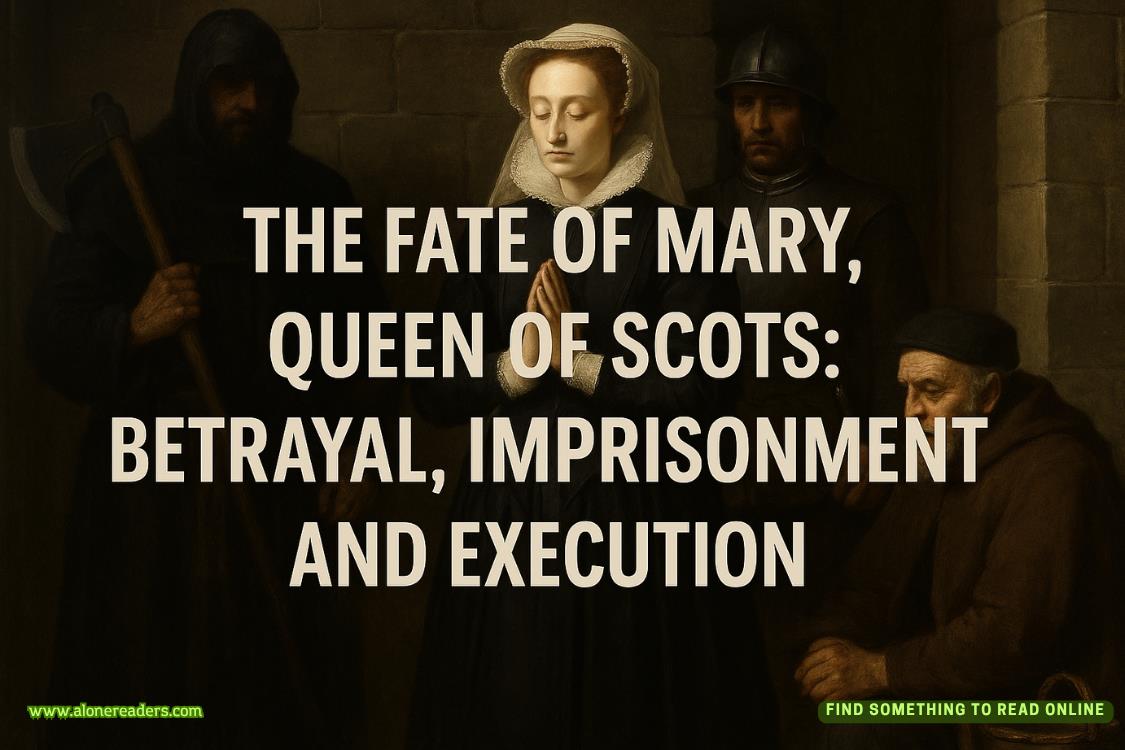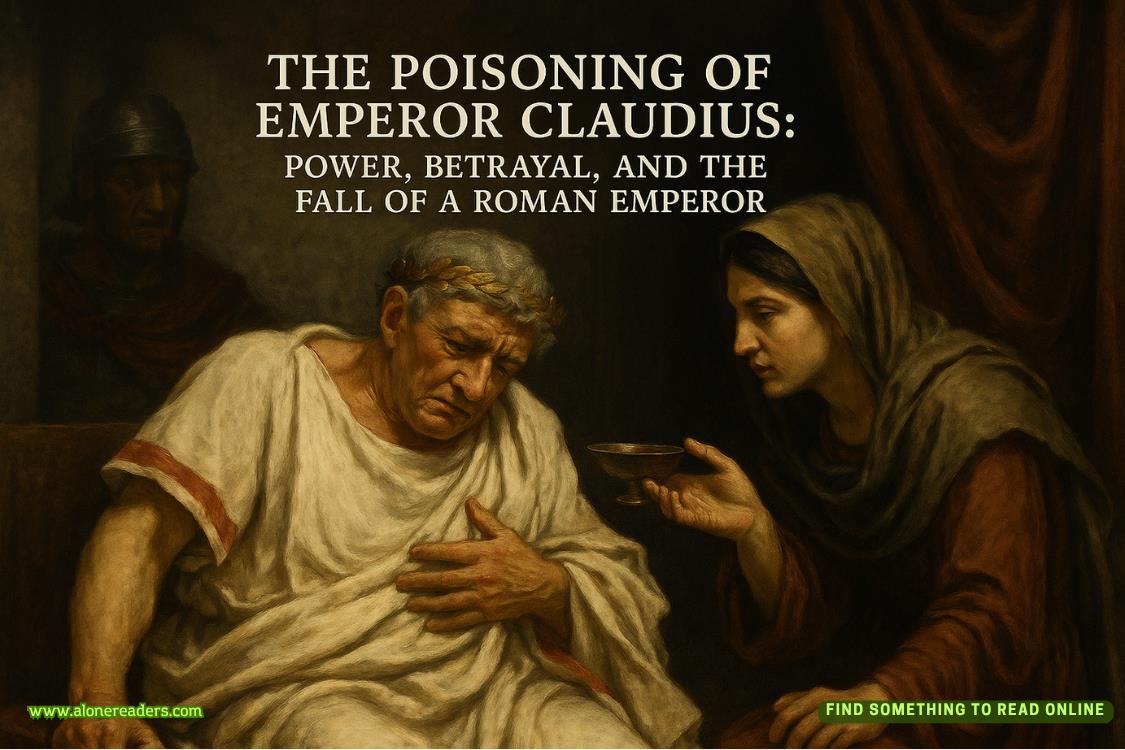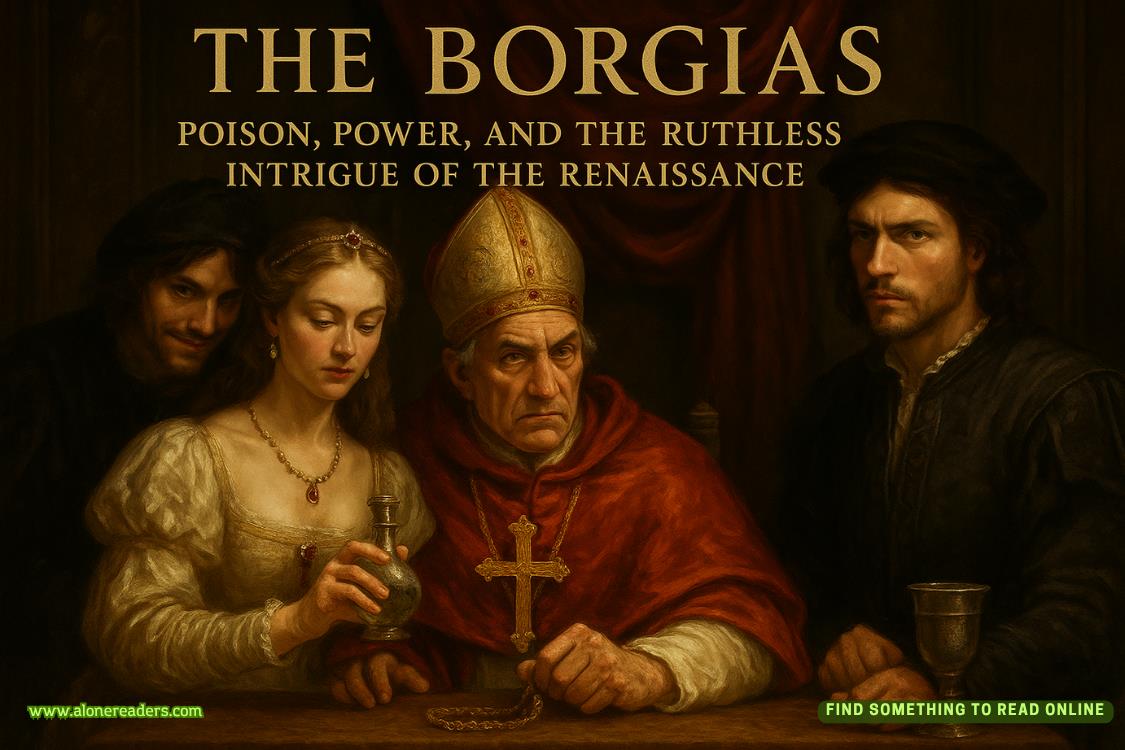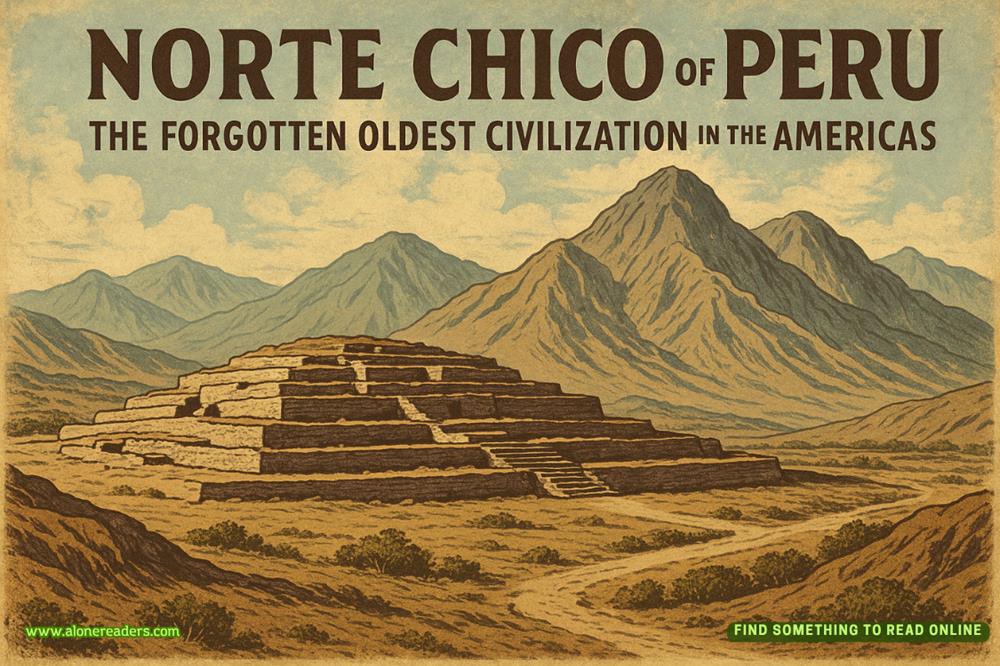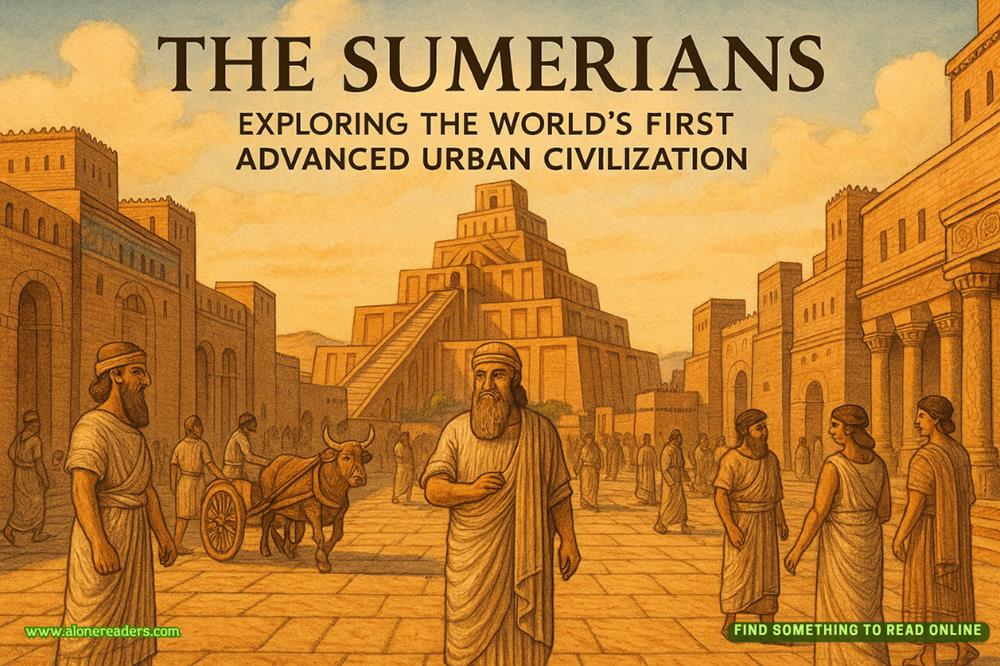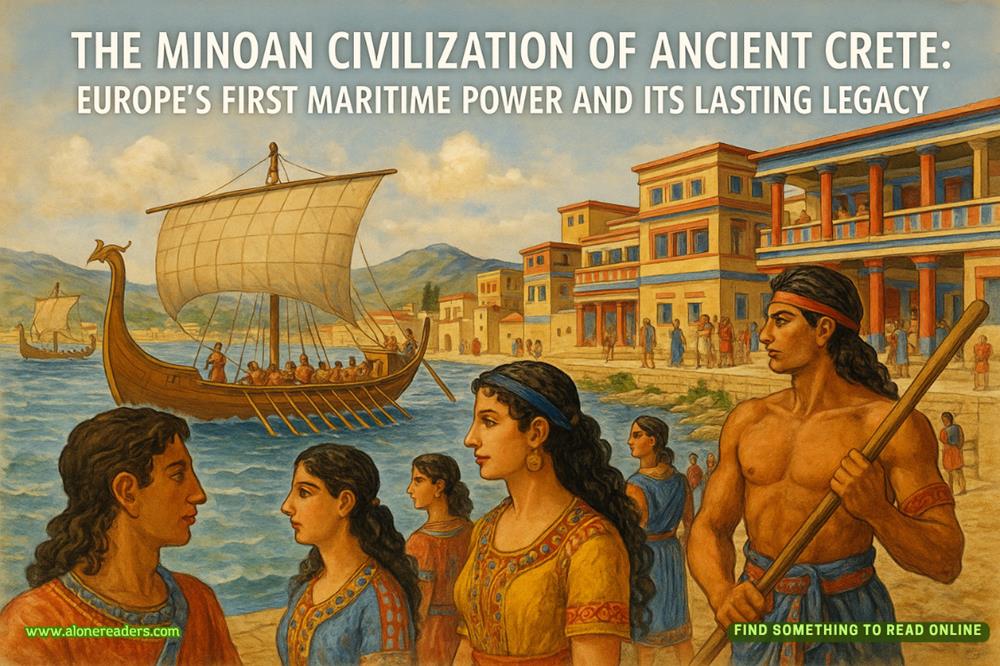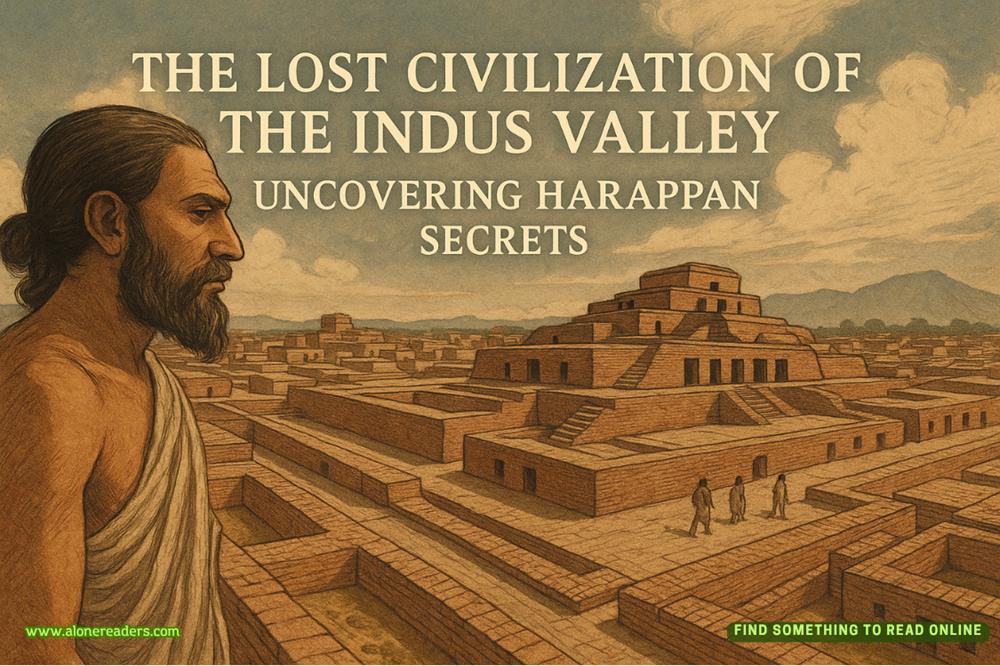Page 2 of Hamlet
Thus conscience does make cowards of us all:
And thus the native hue of resolution
Is sicklied o'er with the pale cast of thought,
And enterprises of great pith and moment
With this regard their currents turn away,
And lose the name of action....
In Elizabethan English "conscience" meant not only moral scruple but also "consciousness." A polyglot dictionary of the period glossed the word as "witness of one's own mind, knowledge, remorse." It is Hamlet's extreme self-consciousness that sets him apart from the traditional revenger. When alone on stage, reflecting on his own situation, he seems to embody the very nature of human being. It is "conscience" in its multiple senses that forms his self-image, his "character," and in so doing makes it agonizingly difficult for him to perform the action that is demanded of him. Yet when he does come to act, he is decisive and ruthless. He reaches the point of "readiness" when he accepts--never easy for an intellectual--that what will be will be. Thereafter, he considers it "perfect conscience" to kill the king and has no compunction about his treatment of the former schoolfellows who have betrayed not only him but the precious virtue of friendship: Rosencrantz and Guildenstern, he says, "are not near my conscience."
1. "Rapier and dagger": on-guard position, as illustrated in Vincentio Saviolo's English fencing treatise of 1595. There were strong links between the actors and Saviolo's fencing school in Ludgate.
It is sometimes said that chance, not Hamlet, brings the plot to a resolution. Hamlet certainly believes that Providence is operating on his behalf, as witnessed by the good fortune of his having the means to seal Rosencrantz and Guildenstern's fate. But the exchange of rapiers during the fencing match with Laertes is not a matter of chance, as is sometimes suggested. Many modern productions use the epee that had not been invented in Shakespeare's time--a flexible foil that may be knocked from the hand, leading to the possibility of an accidental exchange of weapons. But Hamlet and Laertes would originally have dueled with "rapier and dagger," the commonest weapons for such an encounter, as illustrated in Vincentio Saviolo's treatise on fencing skills, The Art of Practice (1595).
2. They change rapiers: disarm and exchange by left-hand seizure, as illustrated in Henri de Saint-Didier's French fencing treatise of 1573.
The grip used for the rapier meant that it was very hard to remove it from the opponent's hand save by an advanced maneuver known as the "left-hand seizure." Hamlet would have dropped his dagger to the ground and grabbed the hilt of Laertes' rapier with his left hand, twisting it out of his grip. Laertes would have responded with the same action, resulting in the switch of weapons.
The move, which is illustrated in continental fencing handbooks of the period, is so skillful that Hamlet's action must have been purposeful. He would not initially have seen that Laertes' rapier was "unbated" (not blunted in the way that was customary to prevent the injury of gentlemen participating in sporting fights), but on receiving a "hit" his skin would have been pierced by the point. Realizing that Laertes is in earnest, not play, he instantly responds with the maneuver that makes the switch. Now he is in deadly earnest himself. Deeds take over from words, revenge is performed without further compunctious visitings of nature, and "the rest is silence."
HOW MANY HAMLETS?
Shakespeare couldn't decide what to do with his most famous speech. The earliest surviving text of Hamlet* is highly inaccurate in many of its particulars, but there is little doubt that its shape reflects that of the play as performed early in its stage history. In that text (known as the "First Quarto"), Hamlet enters "reading on a book" and launches into his soliloquy "To be or not to be there, ay, there's the point." His famous question is asked as if in response to something in the book he is reading. The soliloquy is followed by the "get thee to a nunnery" dialogue with Ophelia and then the "Fishmonger" sequence with her father.
But in the Second Quarto and First Folio texts--published later, but considerably longer and more accurately printed than the First Quarto--Hamlet's entrance with the book leads straight to the "Fishmonger" dialogue (this page-this page). "To be or not to be, that is the question" and the "nunnery" scene are held back until after the arrival of the players (this page-this page). This is only the most striking of the many textual variants between the early versions of Hamlet. Is the flesh that Hamlet wishes would melt too "sullied" or too "solid"? Did Old Hamlet smite a leaded or a steeled poleaxe on the ice or did he smite the Polack from a sledge on the ice? So much depends on whether you favor Quarto or Folio.
Scholars traditionally prefer the Second Quarto because it is the fullest text and apparently the one closest to Shakespeare's original manuscript. But it may represent a "reading text" as opposed to a "performance" one. Coming in at around four thousand lines, Second Quarto Hamlet could never have been played in full within the 160 or so minutes that was the legal maximum for an Elizabethan play (shows began at 2 p.m., there was always a closing comedy and dance routine known as a jig, and then the theater had to be cleared by 5 p.m.). The full flow of Shakespeare's tragic vein must be reined in and cut for performance, and with a play as long as Hamlet he must have known that this would be the case.
Every modern production makes its own choice of cuts, of textual variants, and of innovative business. In working on his text for the Royal Shakespeare Company production of 2004, director Michael Boyd* considered not only the three versions that emerged from Shakespeare's own acting company but also the so-called Players' Quarto that was handed down--with cuts marked up--to their Restoration successors, the acting company of Shakespeare's godson William Davenant. Both the First Quarto and the Players' Quarto offer striking suggestions as to how the play may have been cut in Shakespeare's own time. The cuts are not always the most obvious ones: Reynaldo, whom Polonius commissions to spy on Laertes in Paris, might seem an obvious candidate for the ax, but in the Players' Quarto he remains, probably in order to highlight the way in which the world of Elsinore--like that of Elizabethan England--was one of pervasive spying.
Like most modern directors, Boyd was eclectic in his choices, weighing each textual variant according to its merits, moving freely between the early texts and opting for rigorous pruning rather than reckless lopping. So, for instance, the First Folio cuts the whole of Hamlet's last soliloquy, "How all occasions do inform against me," delivered after witnessing the army of Fortinbras on the march, whereas Boyd retained an abbreviated version of it that makes the key distinction between acting upon "great argument" and finding "quarrel in a straw."
The Reynaldo role was also retained, but the character was merged with Osric. Since one of them only appears near the beginning of the play and the other only near the end, the roles may well have been doubled in the original production. To make them into the same character is both an elegant economy and a device to highlight the role of Polonius as spymaster-general. Most boldly, the nunnery scene was placed early, as in the First Quarto, while--as Boyd explains in his interview about the production--a radical new position for "To be or not to be" was seriously considered, but ultimately rejected. The process of thinking through production choices of this sort is what enables directors and actors to defamiliarize and remint the language and action of the best-known play in the history of world drama, and so to keep it alive. The progressive alterations through the early texts are of a piece with the process of remaking in the play's subsequent theatrical life.
TALKING ABOUT HAMLET
Hamlet is not only the pre-eminent talker in Shakespeare. He is also the most talked-about character in western literature. Because he is both poet and philosopher himself, poets and philosophers have been particularly enamored of him. Hamlet-mania reached its zenith with the self-consciously troubled musings on art and life of the nineteenth-century Romantics. One of their favored literary devices was the "imaginary conversation," in which their cultural heroes gathered round a table and talked about a topic of absorbing interest. It was in Samuel Taylor Coleridge's Table Talk that he said "I have a smack of Hamlet myself, if I may say so." Hamlet is a play that provokes so many opinions, animates so many energetic voices, that the best way to conclude an introduction to it is simply to bring together some of the play's most impassioned readers in an "imagin
ary conversation."
Let them begin from that key moment when Hamlet decides not to kill King Claudius while he is praying, since that would be to send him to heaven, not hell:
Up, sword, and know thou a more horrid hent:
When he is drunk asleep, or in his rage,
Or in th'incestuous pleasure of his bed,
At gaming, swearing, or about some act
That has no relish of salvation in't,
Then trip him, that his heels may kick at heaven.
And that his soul may be as damned and black
